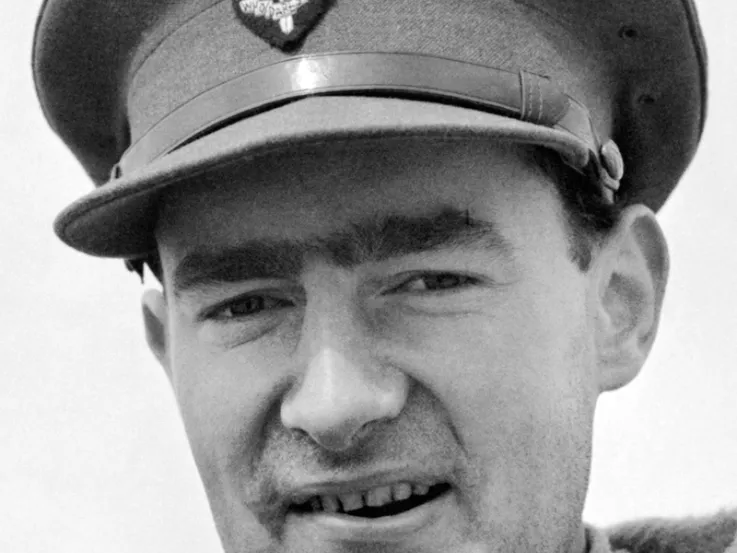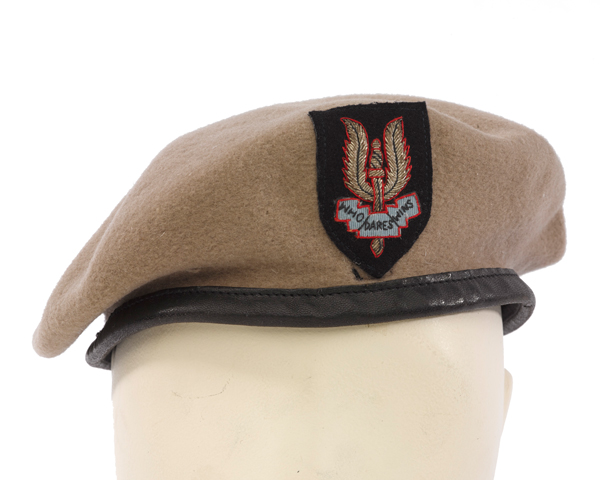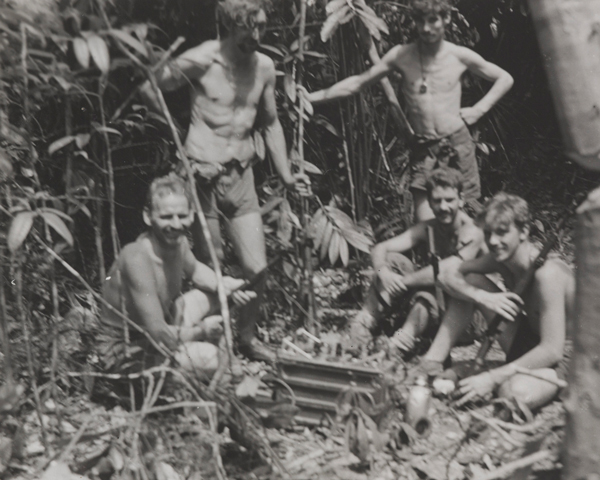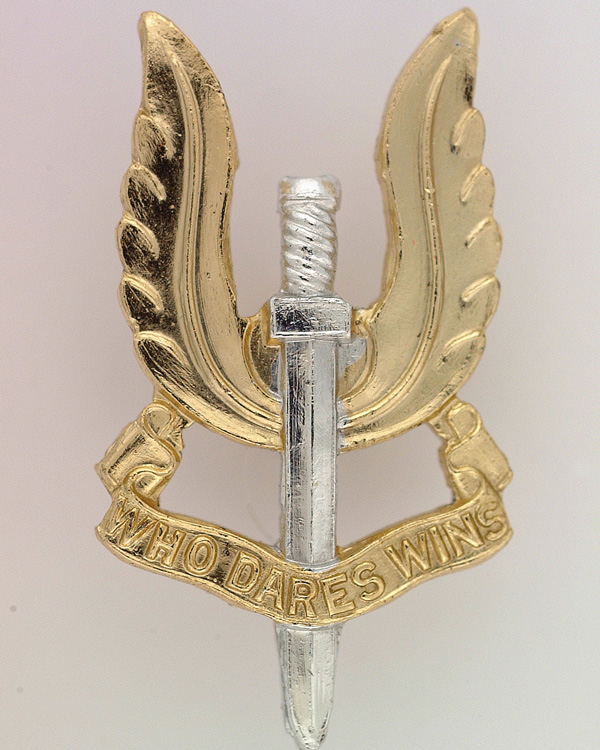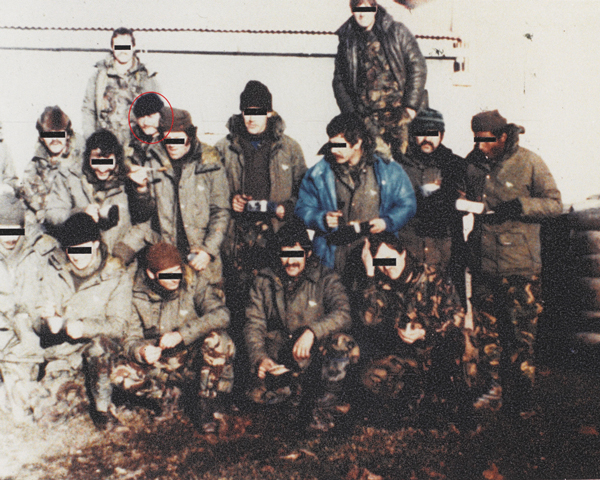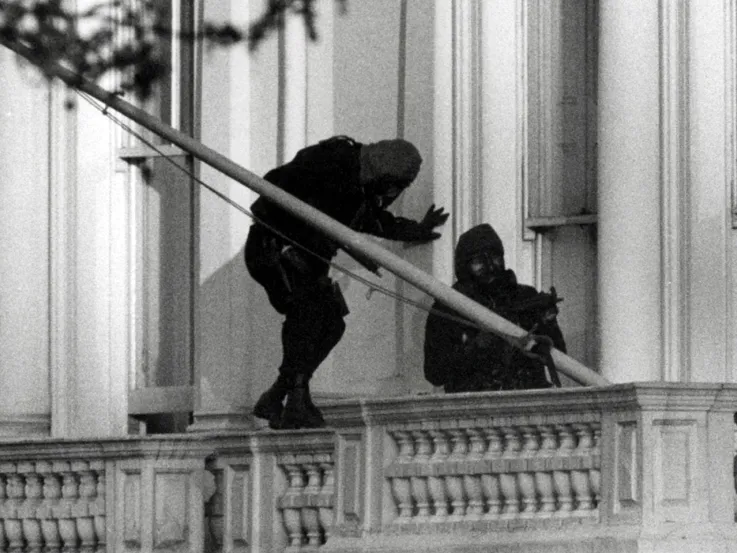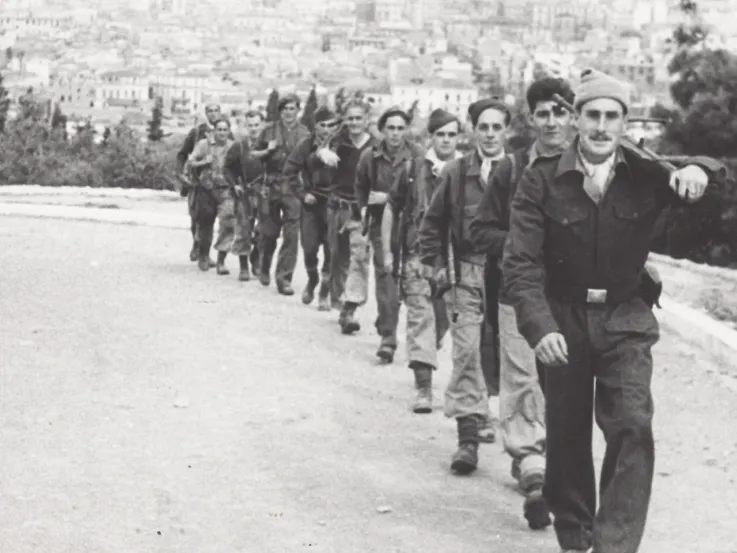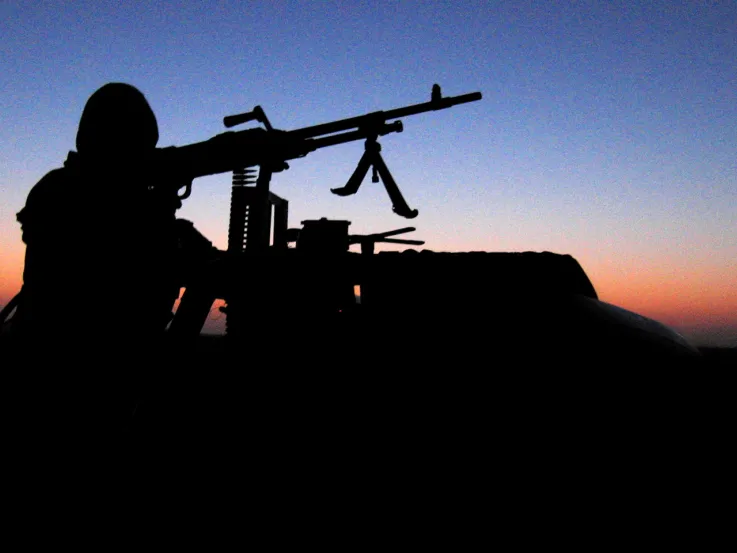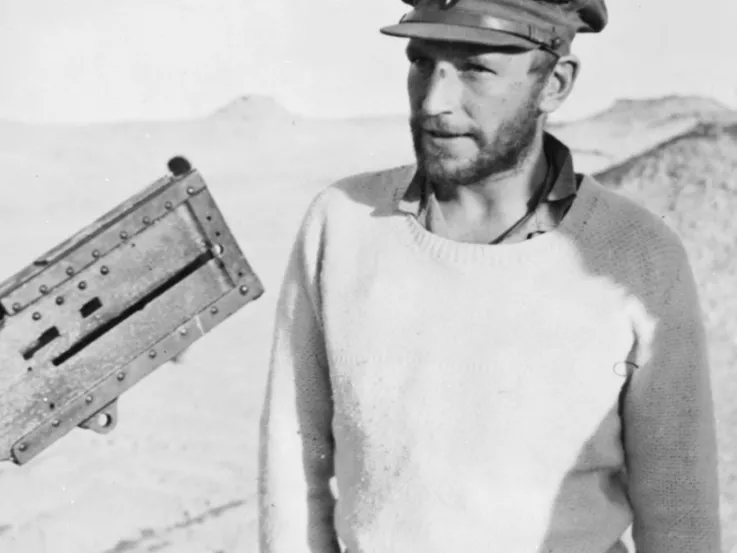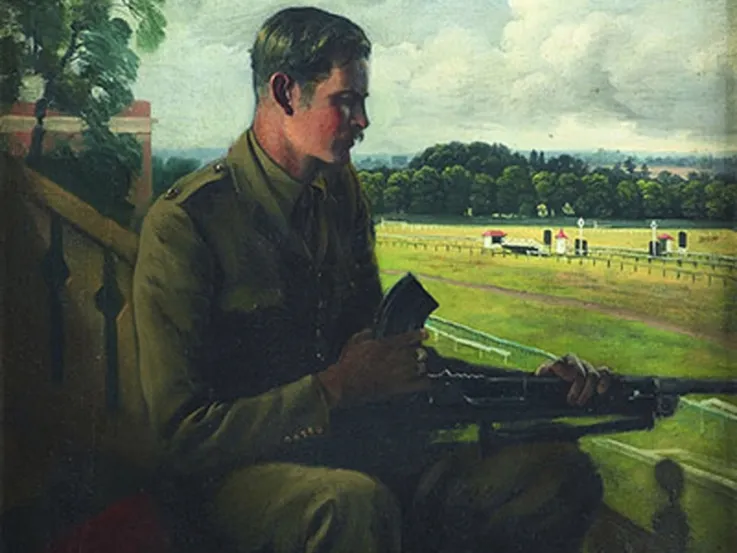
SAS troops entering the windows of the Iranian Embassy, 1980 (© Crown Copyright)
Desert origins
The Special Air Service (SAS) has its origins in the North African desert. It was formed as L Detachment, Special Air Service Brigade, in July 1941 to undertake small-scale raids behind enemy lines.
A brigade was usually made up of around 5,000 men, so this name was a fiction designed to deceive the enemy. The new unit initially drew its men from No 7 and No 8 Commando. Later, troops from No 62 Commando (also known as the Small Scale Raiding Force) joined the unit.
L Detachment went on to target enemy airfields and port installations during the North African campaign (1940-43), often working closely with the Long Range Desert Group.
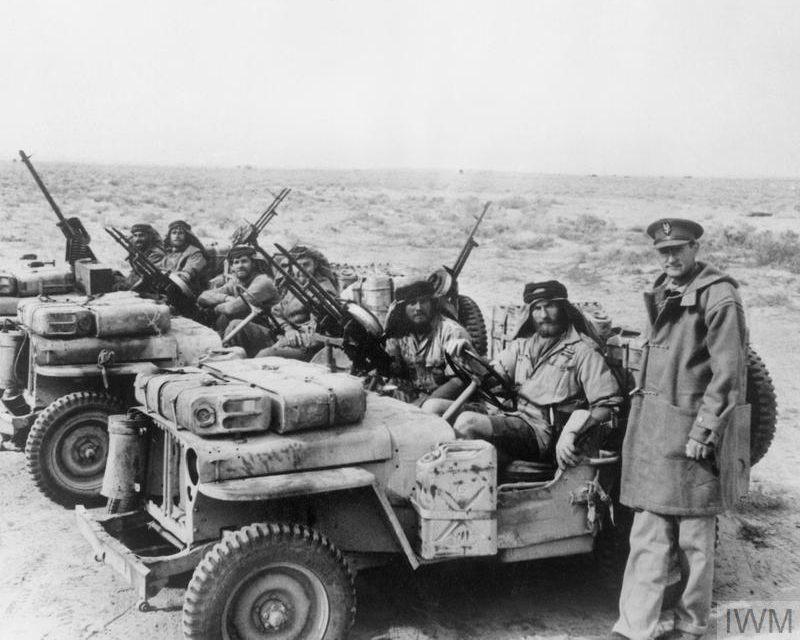
Major David Stirling (right) greets a patrol on its return from a mission, 1942 (© IWM (E 21338))
Operations in Europe
In October 1942, the unit was renamed 1st Special Air Service. The following April, it was reorganised into the Special Raiding Squadron and undertook raids in Sicily and Italy alongside the 2nd Special Air Service, which came into existence in May 1943 in Algeria.
In 1944, these two units were placed under the umbrella Special Air Service Brigade and were joined by the 3rd, 4th and 5th Special Air Service. The latter were formed by renaming Free French and Belgian parachute units.
The brigade’s formations took part in many operations, frequently behind enemy lines, from D-Day (June 1944) until the German surrender in May 1945. But shortly after the war, the SAS was disbanded.
Re-established
In 1947, the SAS was re-formed. This time it consisted of just one Territorial Army (TA) unit - 21st Battalion, Special Air Service Regiment (Artists Rifles).
In 1951, Z Squadron of 21st SAS was deployed during the Malayan Emergency (1948-60). That squadron fought under the name of the Malayan Scouts. In 1952, it was absorbed into the regular British Army as 22nd SAS Regiment. This marked the only time a regular unit has ever been formed out of a TA unit. Many of the first volunteers were Rhodesians and New Zealanders.
In 1959, a third SAS unit was formed - again a TA force - known as 23rd SAS Regiment. This was a re-naming of the Reserve Reconnaissance Unit, successors to MI9, whose members were experts in escape and evasion.
1948-60
Malayan Emergency
1962-76
Dhofar Rebellion
1963-66
Indonesian Confrontation
1963-67
Aden Emergency
1969-2007
The Troubles
1980
Iranian Embassy siege
1982
Falklands War
Quiz
How long did it take for the SAS to storm the Iranian Embassy and free the hostages?
The operation began at 7.23pm on 5 May 1980 and ended at 7.40pm. The SAS rescued 19 hostages and killed five of the six terrorists. One hostage was killed during the rescue.
Recent deployments
SAS units served during the Gulf War (1990-91) where they were assigned to hunt down and disarm mobile missile units. The regiment returned to Iraq in 2003 after being deployed on hostage rescue missions in Sierra Leone (2000). The SAS was also heavily engaged against the Taleban in Afghanistan (2001-14).
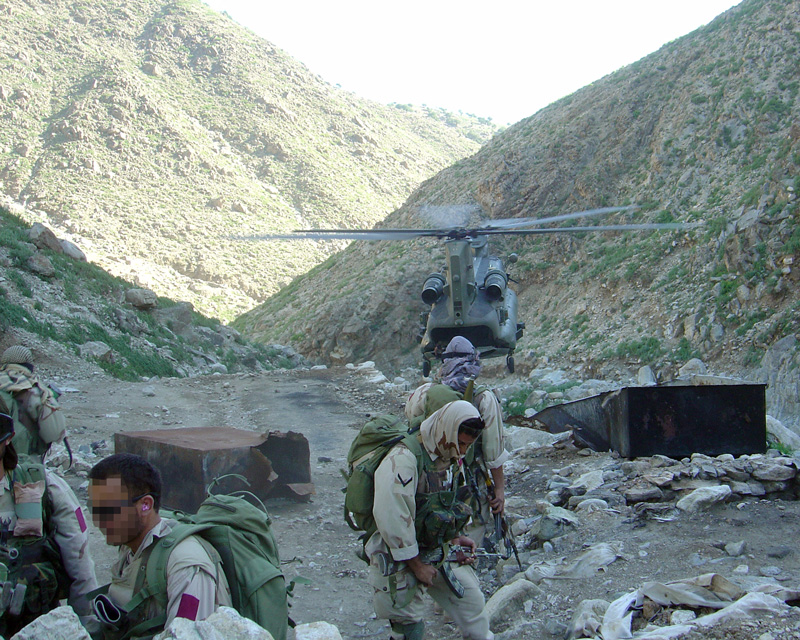
SAS troops having been dropped by helicopter into an Afghan valley, c2006 (© Crown Copyright)
Regimental museums
The National Army Museum works with a network of Regimental and Corps Museums across the UK to help preserve and share the history and traditions of the Army and its soldiers.
Discover more about the Special Air Service by visiting Airborne Assault Museum in Duxford.

